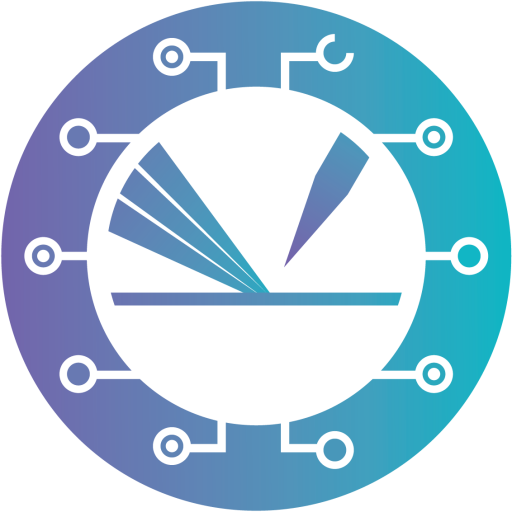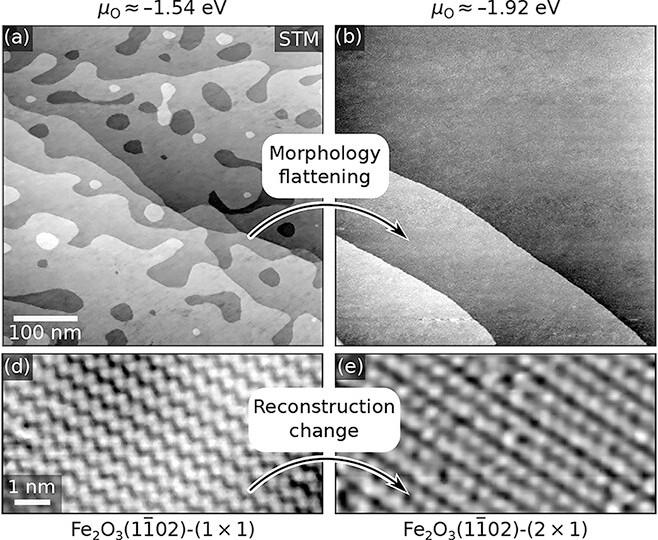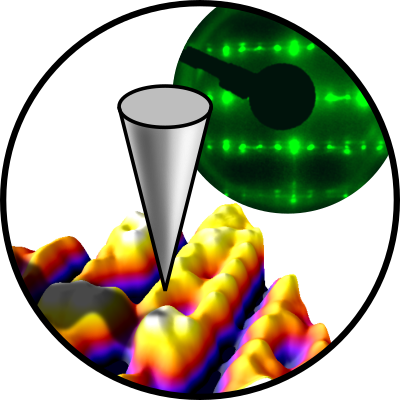Surface diffusion on metal oxides is key in many areas of materials technology, yet it has been scarcely explored at the atomic scale. This work provides phenomenological insights from scanning tunneling microscopy on the link between surface diffusion, surface atomic structure, and oxygen chemical potential based on three model oxide surfaces: Fe2O3(1102), La1-xSrxMnO3(110), and In2O3(111). In all instances, changing the oxygen chemical potential used for annealing stabilizes reconstructions of different compositions while promoting the flattening of the surface morphology—a sign of enhanced surface diffusion. It is argued that thermodynamics, rather than kinetics, rules surface diffusion under these conditions: the composition change of the surface reconstructions formed at differently oxidizing conditions drives mass transport across the surface.
This publication was featured as AIP Scilight.
The full article can be found here.
The AIP Scilight for this article can be found here.
Original Authors:
Giada Franceschi, Michael Schmid, Ulrike Diebold, and Michele Riva
Subproject:
P02 – Surface structure and reactivity of multi-component oxides at the atomic scale


